Located in northern New Mexico, the town of Los Alamos has a rich history tied to the development of the atomic bomb.
During the top-secret Manhattan Project, Los Alamos underwent a dramatic transformation, becoming a bustling hub for scientists, engineers, and soldiers working tirelessly to create this groundbreaking weapon.
The once peaceful ranching community quickly adapted to accommodate the influx of personnel, with dirt roads hastily constructed and temporary housing assembled in the form of huts and tents.
Now, eight decades later, Los Alamos finds itself once again at the forefront of the nation’s nuclear weapons efforts.
As Los Alamos National Laboratory takes part in its most ambitious undertaking since World War II, the town is experiencing a resurgence of growth and development.
The mission at hand involves the modernization of the nuclear arsenal, necessitating the recruitment of numerous new workers who will be tasked with producing plutonium cores, vital components for nuclear weapons.
Over the course of the past two years, the Los Alamos community has experienced a significant influx of labor, as evidenced by the hiring of approximately 3,300 workers.
This surge in employment has culminated in a workforce that now exceeds 17,270 individuals. What is particularly noteworthy about this development is that a substantial proportion of these workers commute from various locations in northern New Mexico, with some even traveling from as far away as Albuquerque.
Consequently, the impact of this commuting phenomenon has been profound, leading to an almost doubling of Los Alamos’ population during the work week.
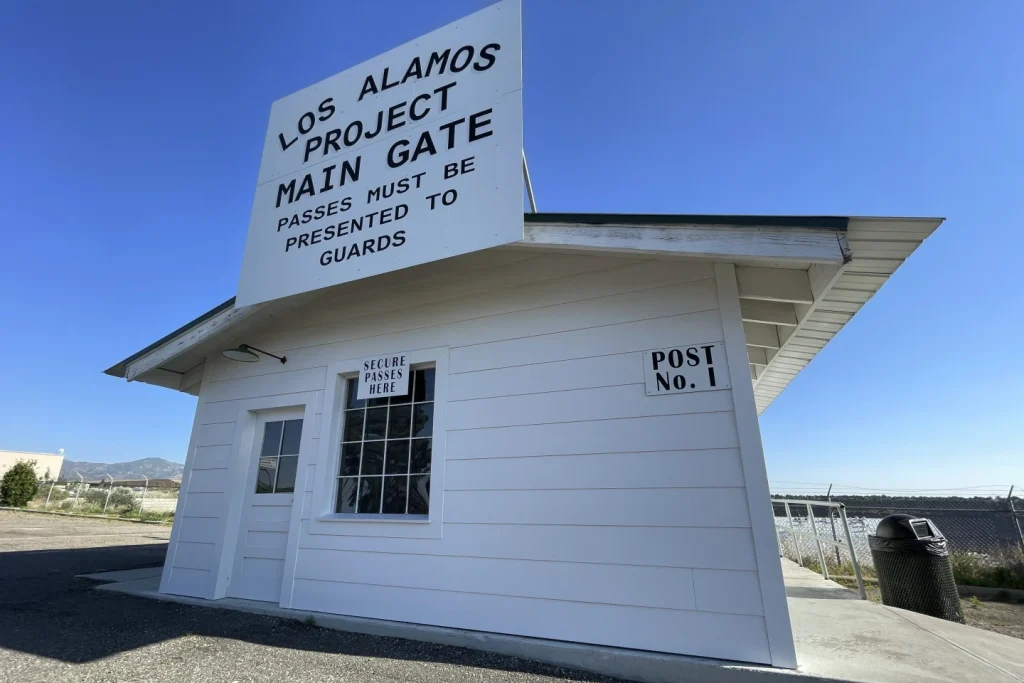
Such a substantial increase in population not only reflects the growing importance of Los Alamos as a hub of economic activity but also highlights the attractiveness of the region as a destination for employment opportunities.
Advancements in technology have revolutionized the way work is done at Los Alamos, but the company town continues to uphold its traditions.
The sense of duty and secrecy that were ingrained in the community during the 1940s remain as strong as ever. James Owen, the associate lab director for weapons engineering, has dedicated over 25 years to the nuclear weapons program.
He believes that the work they do is not just a job, but a vocation, and that it brings a sense of contribution that is unparalleled.
However, the downside is that they cannot reveal the cool things they do at the facility. The lab’s main priority is to maintain the nuclear stockpile, but it also conducts national security work and research in diverse fields such as space exploration, supercomputing, renewable energy, and efforts to limit global threats from disease and cyberattacks.
Despite the changes brought about by technology, Los Alamos remains a symbol of duty, secrecy, and innovation.
As one enters the town, a prominent welcome sign proudly proclaims its identity as a place “where discoveries are made.” This simple yet impactful message immediately sets the tone for a town that is driven by innovation and the pursuit of knowledge.
However, it is the mention of the production of plutonium cores that truly captures attention and sparks curiosity.
The mere mention of such a complex and controversial subject instantly raises questions about the nature and significance of this production.
What kind of discoveries are being made in this town? What role does the production of plutonium cores play in these discoveries?
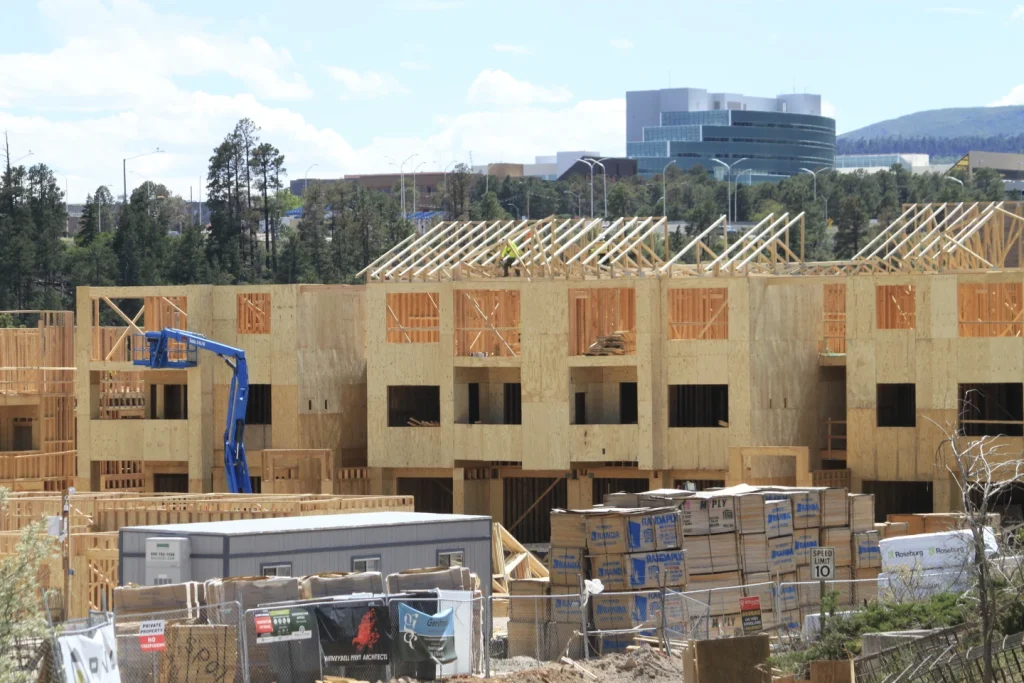
These questions serve as a gateway into a world of exploration and scientific advancement, inviting us to delve deeper into the intricacies of this fascinating town and the groundbreaking work that takes place within its borders.
Lab managers and employees staunchly uphold the colossal endeavor, asserting its indispensability in light of the prevailing global political volatility.
Given that the majority of individuals residing in Los Alamos are intricately linked to the laboratory, it is exceedingly uncommon to encounter opposition or dissenting voices.
The significance of this massive undertaking cannot be overstated, as it represents a critical response to the ever-shifting geopolitical landscape.
In a world fraught with uncertainty, the lab serves as a bastion of stability and security, providing a sense of reassurance to the local community and beyond.
The unwavering support from lab personnel and their unwavering dedication to their work exemplify the profound conviction in the necessity of their mission.
However, there are concerns raised by watchdog groups and non-proliferation advocates regarding the necessity of developing new weapons and the ever-increasing cost associated with such endeavors.
These groups argue that in a world already fraught with geopolitical tensions and the ever-present threat of nuclear warfare, the development of new weapons only serves to exacerbate these concerns.
They question whether the need for additional weaponry is justified, particularly when considering the potential consequences and risks involved.
Furthermore, these watchdog groups and advocates emphasize the importance of diverting resources towards peaceful initiatives, such as diplomatic negotiations and arms control agreements, in order to foster global stability and reduce the likelihood of conflict.
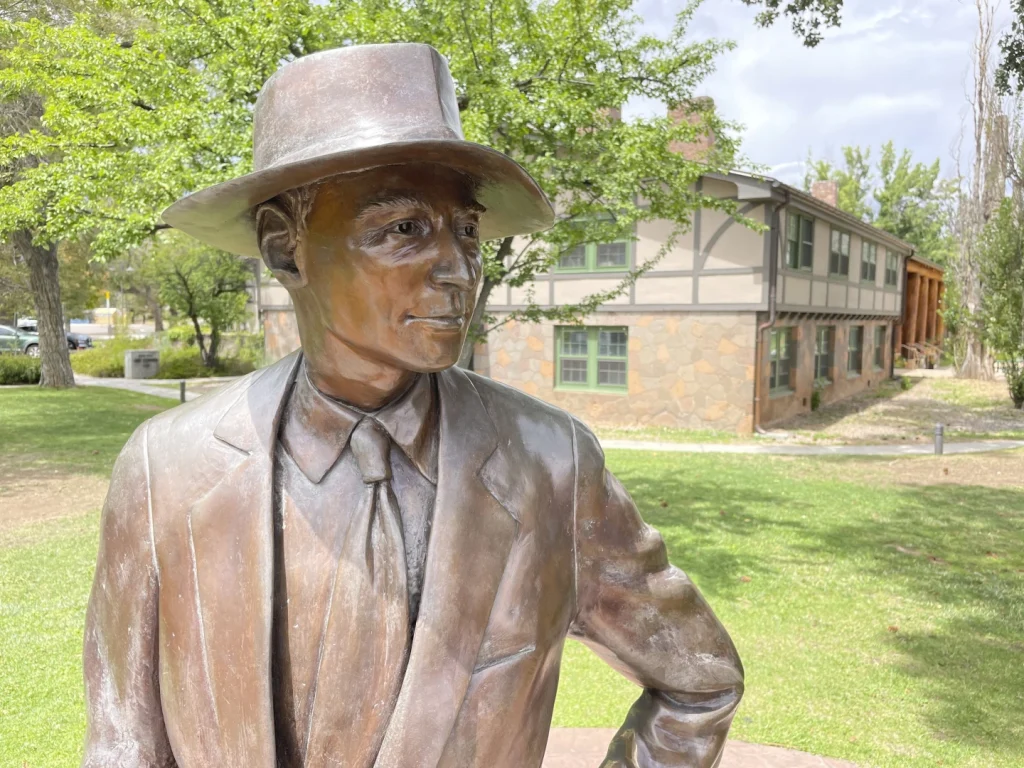
They argue that allocating substantial funds towards the development of new weapons is not only wasteful, but also detracts from more pressing priorities, such as poverty alleviation, healthcare, and education.
In light of these concerns, it is imperative that policymakers carefully consider the ramifications and implications of pursuing new weapons programs, weighing the potential benefits against the potential costs to global security and stability.
In recent times, the residents of Los Alamos have displayed a peculiar sense of detachment, seemingly engrossed in trivial pursuits and superficial engagements, while a conspicuous void persists at the core where meaningful and reflective discussions ought to thrive.
This observation was aptly articulated by Greg Mello, the esteemed director of the Los Alamos Study Group, a distinguished nonprofit organization renowned for its unwavering commitment to scrutinizing the laboratory’s practices concerning safety, security, and financial allocations.
Mello eloquently conveyed his concerns in an email, highlighting the pressing need for a more profound and substantial exchange of ideas within the community.
The town officials of Los Alamos find themselves grappling with the far-reaching effects of the lab’s expansion, reminiscent of the military generals who hastily constructed the secretive city on the hill back in 1943.
This expansion has put a strain on the labor market, exacerbated the shortage of housing, and led to a surge in traffic congestion.
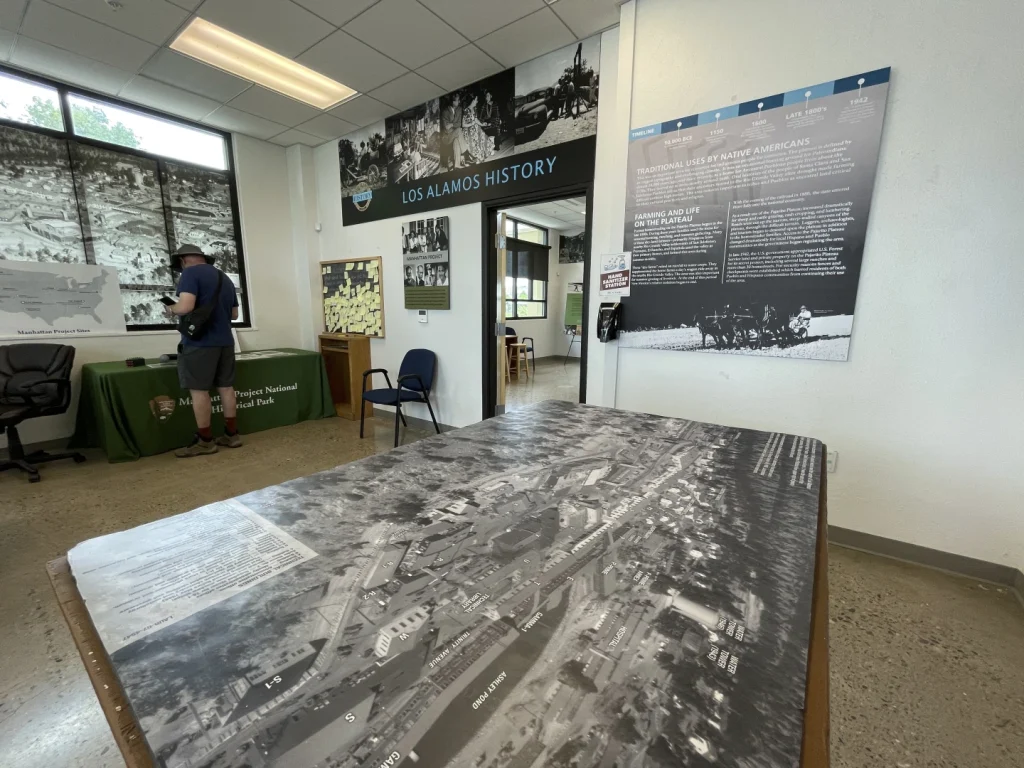
Given that the town is surrounded by the national forest, a national park, and Native American land, the options for further expansion are limited.
Consequently, county officials are now considering revising zoning rules to allow developers more flexibility in undertaking infill projects.
However, they acknowledge that it will take time for these changes to catch up with the growing demand and for prices to stabilize, especially in one of the most affluent counties in the United States.
With the lab being the largest employer in the area, Los Alamos also boasts the highest per-capita levels of educational attainment, with a significant number of residents holding advanced degrees such as master’s and Ph.Ds.
One individual who has been impacted by the lab’s presence is Owen, originally from the Hispanic village of Peñasco in neighboring Taos County.
Owen’s fascination with science was ignited during a high school field trip, where he was introduced to the concepts of explosions and implosions.
This experience led him to secure a summer job at the lab, which ultimately paved the way for him to pursue engineering degrees and ascend the ranks within the organization.
Los Alamos has established a generational pipeline by tapping into regional schools. It is not uncommon to find grandfathers working as skilled machinists, mothers adeptly soldering key components, and daughters becoming experts in the field of radiation tracking.
This intergenerational connection to the lab underscores its significant influence on the community and the integral role it plays in shaping the region’s scientific landscape.
Alexandra Martinez, a 40-year-old resident of Chimayo, has followed in her family’s footsteps by working at Los Alamos.
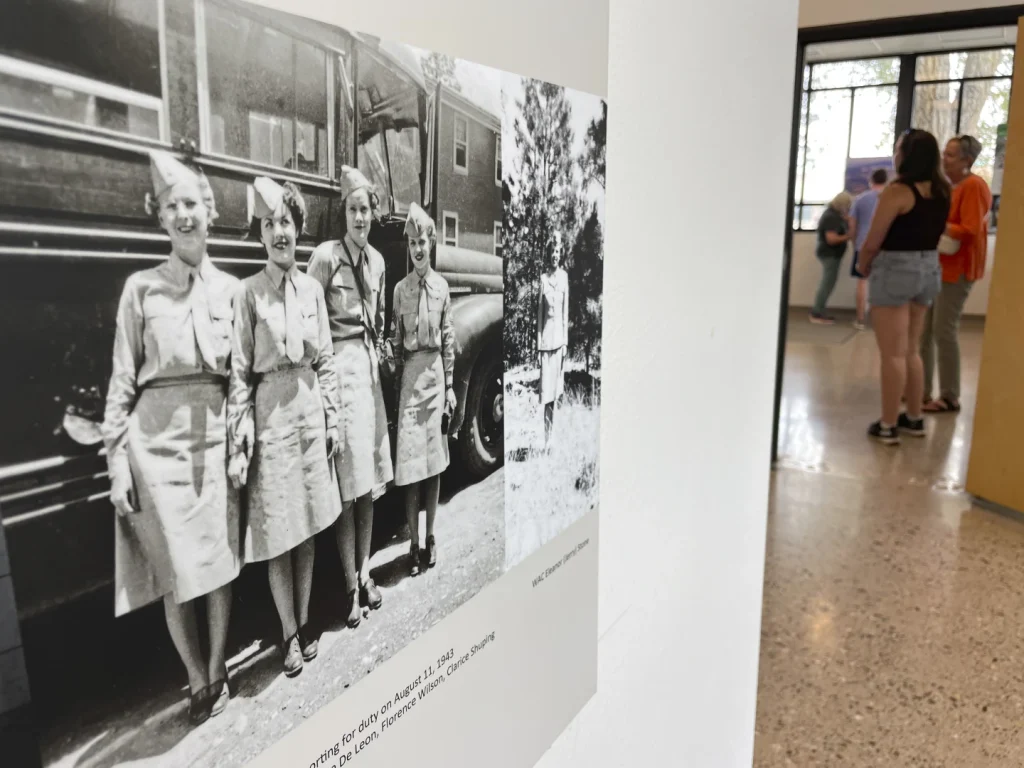
When asked if she was born into this profession, Martinez chuckles and expresses her desire to contribute to something significant.
As a radiation control technician stationed at PF-4, the highly classified complex undergoing transformation into a modern plutonium pit factory, Martinez navigates through layers of security.
The sophisticated measures in place today surpass those of the Manhattan Project era, where mail was censored and phone calls monitored.
Although Los Alamos has become an open city since 1957, certain areas, including historical sites linked to the Manhattan Project, remain restricted.
Tourists settle for taking selfies near the town square, posing next to the bronze statue of physicist J. Robert Oppenheimer.
Just across the street, rangers at the Manhattan Project National Historical Park visitor center provide information about scientists’ living quarters and the locations of parties and town halls.
A chalkboard adorned with yellow sticky notes, left by visitors, serves as a testament to the complex legacy left behind by the creation of nuclear weapons.
The release of Christopher Nolan’s film “Oppenheimer” has sparked a renewed discussion surrounding Los Alamos and its historical significance.
This newfound attention has prompted an increase in visitors to the area over the summer months. Furthermore, it has also provided a boost to the ongoing efforts aimed at expanding the federal government’s radiation compensation program.
This program would cover individuals residing in various western states, including those in southern New Mexico, where the Trinity Test took place in 1945.
Beyond the moral implications of nuclear weapons, critics argue that the federal government’s modernization endeavors have already exceeded initial spending projections and are significantly behind schedule.
Independent government analysts recently released a report detailing the escalating budget and schedule delays associated with this modernization effort.
Lab managers tasked with overseeing these projects face numerous challenges. The implementation of modern health and safety regulations has introduced constraints that were not previously considered during the Manhattan Project.
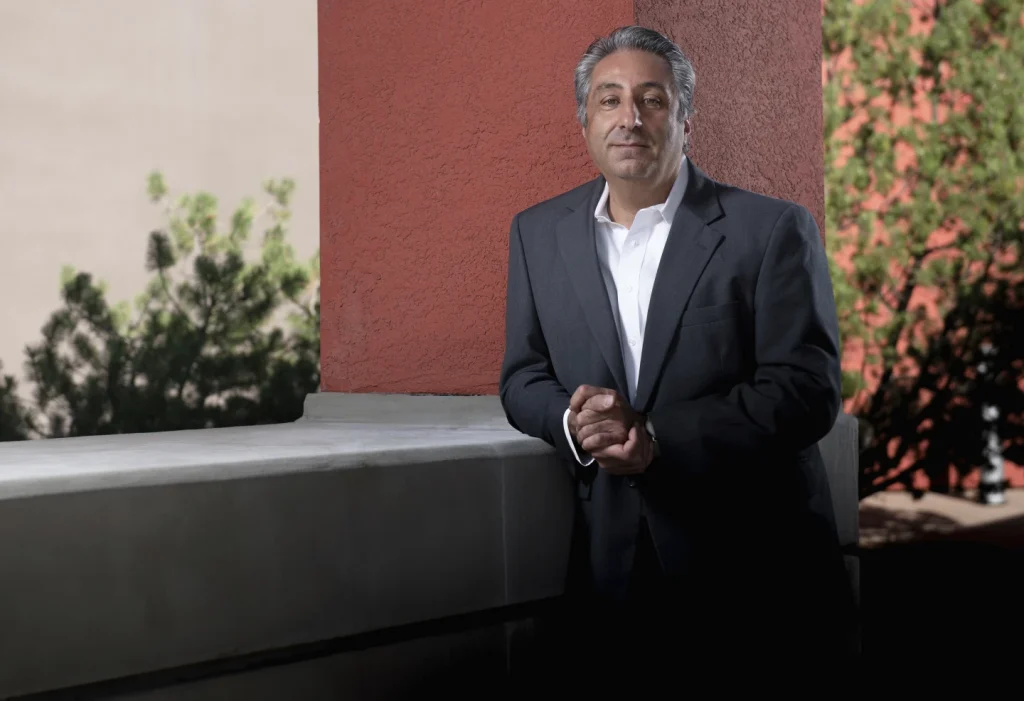
Nevertheless, lab officials share a sense of urgency akin to that of their predecessors, as they navigate the ever-intensifying global threats.
In light of these circumstances, lab manager Owen emphasized the need for improved performance within a shorter timeframe.
The call to action is clear: everyone involved must strive to do better and work more efficiently to address the pressing issues at hand.